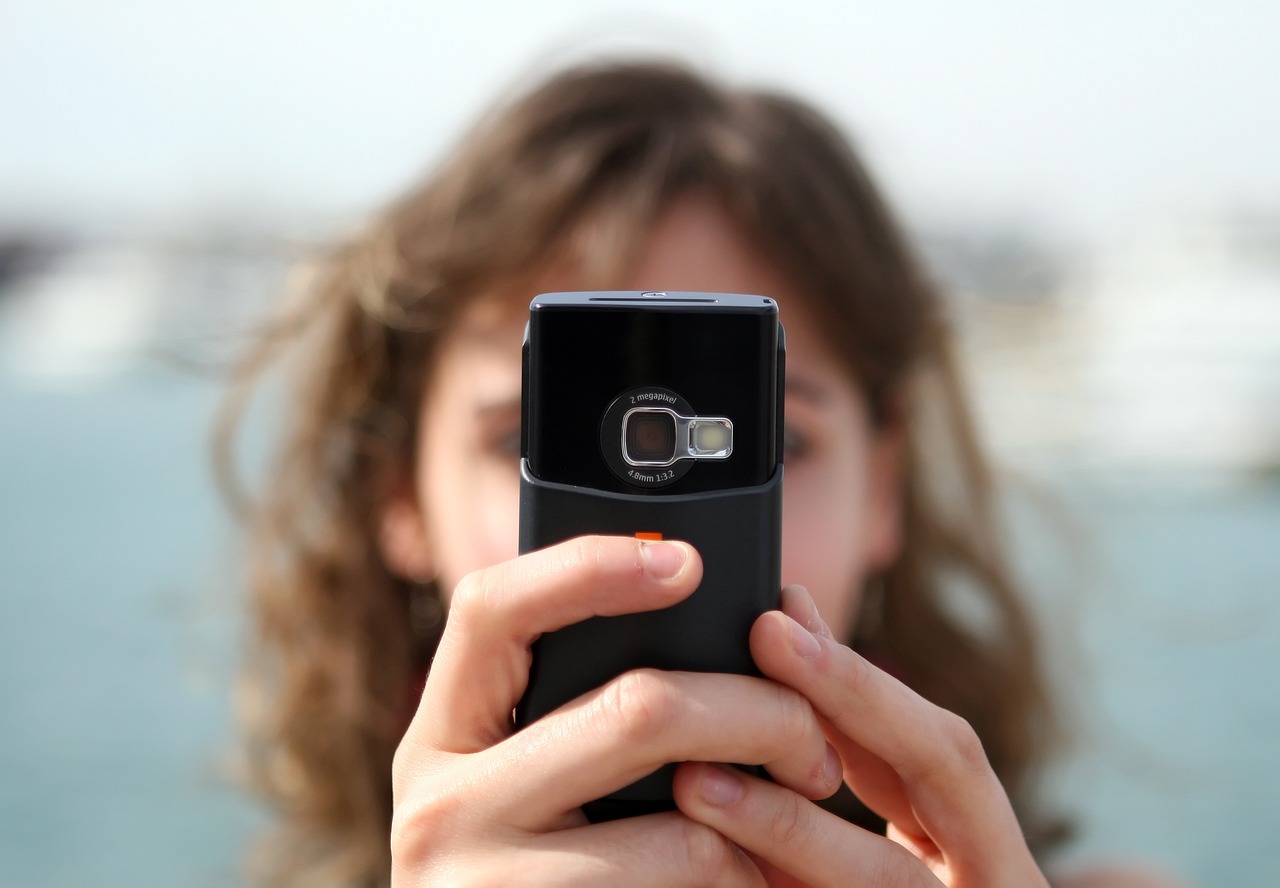The increasing prevalence of smartphones has given us an unprecedented ability to stay connected and document our lives. However, the widespread use of mobile phones also raises concerns about privacy and security. One commonly debated question is whether someone can see you through your phone camera. In this article, we will discuss the realities of mobile camera security, the threats, and how to protect yourself.
Is Your Mobile Camera an Open Window?
The short answer is yes; it is technically possible for someone to access your phone camera remotely, but it’s not as simple or widespread as you may think. Hacking into a smartphone camera requires skill, effort, and malicious intent. Threat actors, such as malicious hackers or intrusive applications, can exploit vulnerabilities in your phone’s software or use social engineering tactics to gain unauthorized access.
While the risk is real, it’s crucial to keep in mind that the likelihood of unauthorized access is relatively low for most people. High-profile individuals, such as celebrities and politicians, may be more susceptible to these types of attacks.
Common Threats to Mobile Camera Security
Let’s explore some of the common security risks associated with mobile phone cameras:
1. Malware and Spyware
Malicious software (‘malware’) and ‘spyware’ refer to programs or code designed to infiltrate and potentially compromise your mobile phone’s security. These programs infiltrate devices through app downloads, phishing attacks, or file sharing. Spyware can remotely monitor your activity, including capturing images from your phone camera or recording conversations through your microphone.
2. Unsecure Mobile Applications
Some apps, particularly those obtained from unofficial app marketplaces or direct downloads, might ask for intrusive permissions, including access to your camera and microphone. Granting access to these apps can compromise your security and expose you to unwanted monitoring.
3. Phishing and Social Engineering Attacks
Phishing attacks typically involve tricking you into voluntarily providing access to sensitive information or your device. While these attacks often focus on stealing login credentials, they can also be used to facilitate remote access to your device and its camera.
4. Webcam Covers and Other Physical Security Threats
Webcam covers can provide a false sense of security. A savvy hacker could potentially disable the LED light that indicates the camera is in use or use a low frame rate to avoid easy detection.
Defending Your Mobile Camera Security
Now that you understand the risks, let’s discuss an action plan to protect your mobile phone camera from unauthorized remote access.
1. Update Your Software
One of the most straightforward ways to secure your phone camera is by keeping your operating system and apps updated. Software updates frequently patch security vulnerabilities that could have been exploited by hackers. Routinely check for updates and apply them as soon as they’re available.
2. Use a Password Manager and Enable Two-Factor Authentication
Strong passwords and two-factor authentication (2FA) play a crucial role in your overall device security. Using a password manager ensures your passwords are complex and unique for each account, while 2FA adds an extra layer of security by requiring you to verify your identity when logging in.
3. Be Wary of App Permissions
When installing new apps or updating existing ones, take a close look at requested permissions – particularly those involving your camera, microphone, or contacts. If you’re unsure why an app needs a specific permission, consider searching online for more information or looking for a more reputable alternative.
4. Protect Yourself from Phishing Attacks
Learn how to identify phishing attempts, and avoid clicking on suspicious links or downloading unverified attachments. Be cautious about any requests for personal information or calls to action in unsolicited emails or text messages.
5. Restrict Physical Access to Your Device
Keep your phone secured with a passcode, fingerprint, or facial recognition. Additionally, use caution when lending your phone to others or leaving it unattended.
6. Install Mobile Security Applications
Several reputable mobile security apps offer protection against malware and spyware. These apps can help protect your device by scanning for known threats and alerting you to potentially harmful activities.
7. Don’t Trust Webcam Covers Completely
While webcam covers can provide some degree of protection against unauthorized access, they should not be solely relied upon. It’s essential to remain cautious about your device security and ensure you also follow the steps outlined above.
Conclusion
In conclusion, it is possible for someone to see you through your phone camera, but the likelihood of being targeted is relatively low for most individuals. By staying informed and taking proactive measures to bolster your mobile device security, you can mitigate the risks associated with mobile camera access. Utilize this article as a guide to safeguard your privacy and maintain control over your smartphone’s camera.

